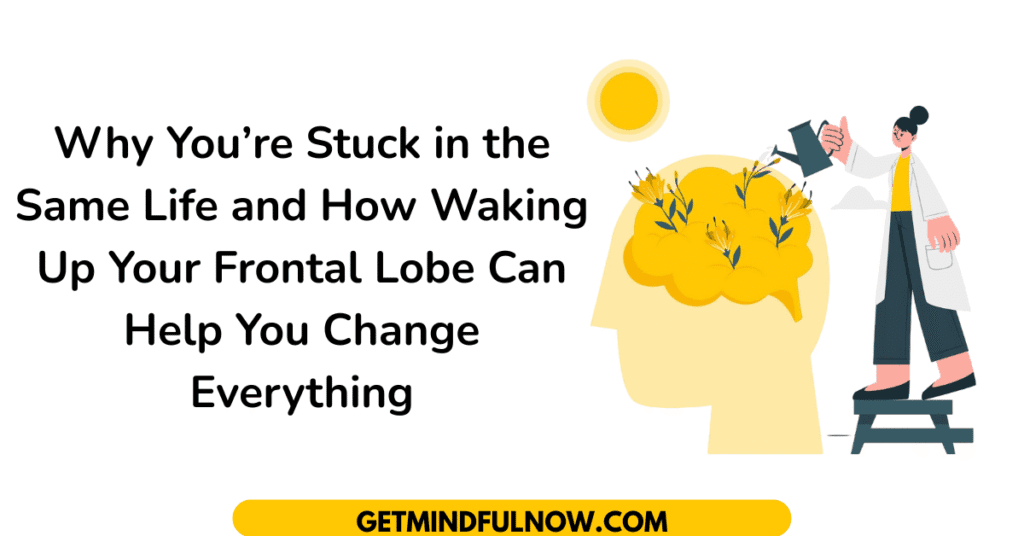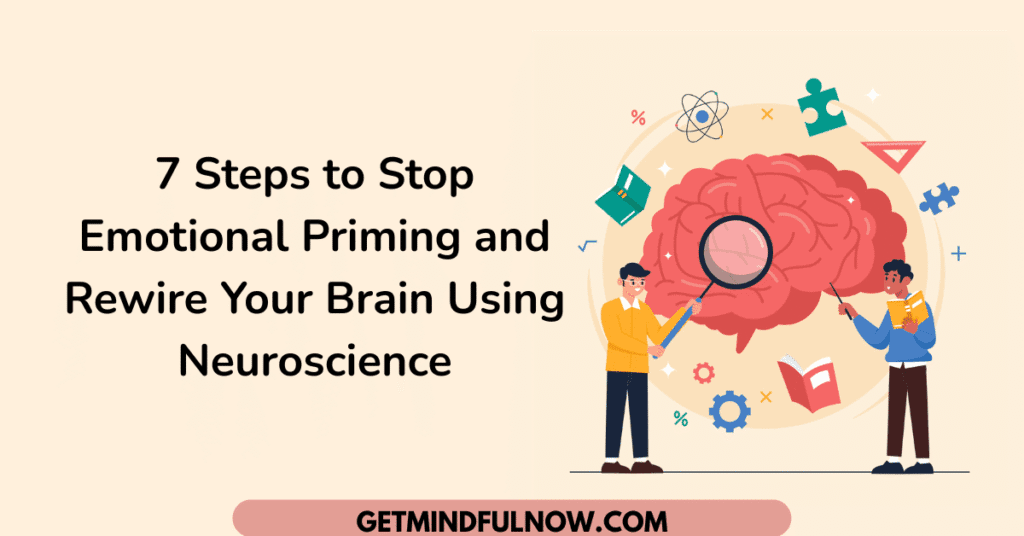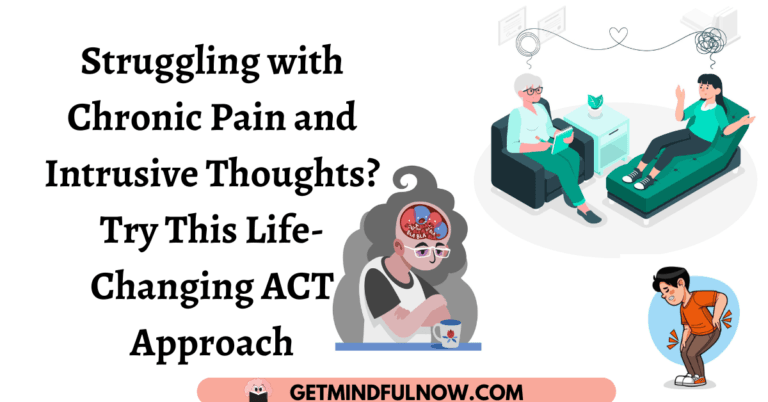You know that feeling when your mind won’t stop spinning, your body won’t cooperate, and no matter what you do, you feel stuck? Maybe it’s depression that drags you down, or physical pain that makes life harder. Or maybe, like me, you’ve been caught in the grip of obsessive thoughts, replaying imaginary scenarios that feel more real than the present moment.
I get it. And for a long time, I searched for ways to fix myself. But the more I fought my thoughts and pain, the worse I felt. Then I found something different, Acceptance and Commitment Therapy (ACT). It didn’t promise a magical cure, but it gave me something even better: the ability to live fully, even with the things I couldn’t control.
Let me share how ACT helped me through depression, physical pain, and the spiral of obsessive thinking, plus how I combined it with deep quantum field meditations to create real change.
What is Acceptance and Commitment Therapy (ACT)?
ACT is a modern, mindfulness-based psychotherapy that helps us stop fighting our inner experiences and start focusing on what truly matters. It’s not about fixing every thought or feeling but learning to live with them in a way that doesn’t hold us back. Studies have shown that ACT helps people with depression, anxiety, chronic pain, and even obsessive thinking by increasing psychological flexibility, the ability to shift our responses to difficult emotions rather than being controlled by them (Hayes et al., 2006).
My Journey with ACT: From Pain to Possibility
I remember a time when I felt stuck. Not just emotionally, but physically. Depression had settled in like an old, unwanted guest, and my body wasn’t making things easier. Allergies drained my energy, and the pain from uterine fibroids made even simple tasks feel exhausting. I wanted to fight it all, to push it away and return to how I used to be. But the more I resisted, the worse I felt.
Then I found ACT. And what struck me was that it didn’t tell me to get rid of my pain or thoughts. Instead, it showed me how to live with them while still creating a meaningful life.
How ACT Made a Difference for Me:
- Dropping the Struggle with Pain: At first, I hated the idea of accepting my pain. It felt like giving up. But then I learned that acceptance isn’t about resignation, it’s about making space for reality so I could stop wasting energy fighting it. I stopped seeing my body as broken and started focusing on what I could do. Research backs this up: studies show that ACT significantly improves chronic pain management by changing how we relate to pain, rather than just reducing its intensity (McCracken & Vowles, 2014).
- Mindfulness Without the Pressure: I used to think mindfulness meant I had to sit in silence, clearing my mind. That never worked. But ACT’s approach was different. It taught me to simply notice my thoughts, like watching cars pass on a highway, without attaching to them. This simple shift helped me break free from spirals of overthinking.
- Committing to What Matters: Instead of waiting to feel better before living my life, I started taking small steps toward things that mattered, writing, connecting with others, and taking care of my body. And it turns out, this is key: research shows that value-driven action improves mental health more than just reducing negative emotions (Twohig et al., 2010).
Obsessive Thoughts & Imaginary Relationships: How ACT Helps
If you’ve ever been caught up in an imaginary relationship, a loving fantasy that never turns into reality, you know how painful it can be. It’s easy to lose yourself in a world where things could be perfect. But the truth? It’s a trap. The more we indulge these thoughts, the harder it is to be present in real life.

Here’s how ACT helps:
- Defusing the Thoughts: Instead of arguing with yourself about whether this imaginary connection means something, ACT teaches you to step back and see it for what it is: just a thought. Try this, when the fantasy shows up, say, “Oh, here’s that story again” instead of diving into it. Research on ACT shows that cognitive defusion techniques significantly reduce obsessive thoughts by breaking their emotional grip (Hooper & Larsson, 2015).
- Choosing Reality Over Fantasy: Ask yourself, What am I avoiding in real life by staying stuck in this thought? Then, take a small step toward something that matters, whether that’s nurturing real connections, picking up a hobby, or simply being more present in your own life.

Combining ACT with Deep Quantum Field Meditations
ACT helped me accept my pain and thoughts, but I wanted to go deeper. That’s when I started combining it with deep quantum field meditations. While ACT grounded me in the present, these meditations expanded my awareness beyond my immediate struggles. Here’s how they worked together:
- Seeing My Pain as Energy, Not Identity: In meditation, I visualized my pain as shifting energy rather than a permanent part of me. This aligned perfectly with ACT’s idea of not becoming our pain or thoughts.
- Letting Go of the Need to Control: ACT teaches us to stop controlling what we can’t. Meditation helped me feel that truth on a deeper level, connecting me to something larger than my daily struggles.
- Creating Mental Space: Both practices allowed me to observe my thoughts without being overwhelmed by them, making it easier to let go of obsessive thinking.
This combination isn’t widely discussed, but it’s powerful. While ACT focuses on psychological flexibility, quantum meditations tap into the body’s natural ability to self-heal, something studies in neuroplasticity are beginning to explore (Davidson & McEwen, 2012).
Most approaches to mental health focus on reducing symptoms. ACT taught me something different: real change isn’t about making pain disappear, it’s about changing how we respond to it. This is what most people get wrong about healing. It’s not a before and after story. It’s a during story. I have explained it in another blog, you can read Here!
If you’re waiting to feel “better” before you start living, I get it. But what if you didn’t have to wait? What if you could start now, exactly as you are?

That’s what ACT gave me. And if you’re open to it, it might just do the same for you.
If this resonated with you, let’s talk. Healing is a journey best taken with others, and I’d love to hear your story.








